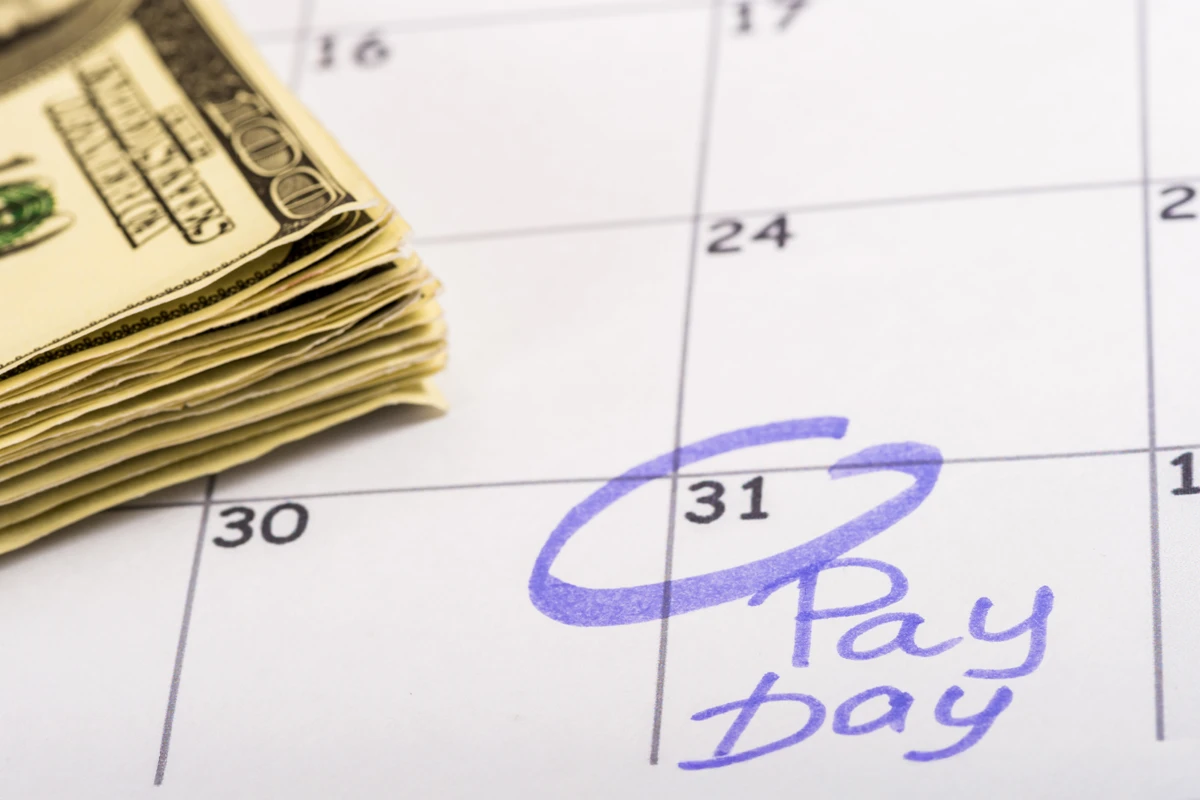You just started making real money.
Now what?
If you’re a young professional, your paycheck finally feels like a win. But here’s the hard truth: if you don’t learn how money works now, you’ll waste years spinning your wheels. This guide breaks it all down—how to master your paycheck, cut your taxes, use leverage and job hop to boost your income, and build real wealth through smart spending, saving, and investing.
Let’s go.
Understand Your Paycheck—You’re Probably Not Earning What You Think

Your salary isn’t your real income—Uncle Sam takes his cut first, and this is the biggest mistake I see people make: they budget based on their gross pay instead of what actually hits their bank account. That’s your real money. Budget around that—not your gross salary.
Example
- Gross salary: $75,000/year
- After taxes: ~$55,000
- After Medical and other insurance: ~$50,000
- Monthly take-home: ~$4,166
- You might think you’re done, but if you are getting paid bi-weekly, you need to divide 50,000 by 13, which should be what hits your account on a standard month. We get a minimal monthly total of $3,846.
Pro tip: You can wait until your first standard paycheck if paid monthly. (This might seem weird, but they do exist. I have a cousin who gets paid monthly) If paid bi-weekly, times it by 2, or if paid weekly, times it by 4. This should be the number you use to build your budget. (If the pay is variable, then average across a 3-6 month period)
Taxes: Legally Pay Less. Keep More.

You don’t need to be rich to play the tax game—you just need to know the rules.
Top moves to lower taxes:
Contribute to a 401(k) → Pre-tax, lowers your taxable income.
Use an HSA (if offered) → Triple tax advantage: contribute, grow, and spend tax-free.
Write-offs if you freelance or side hustle → Laptop, internet, phone bill, car mileage—all tax-deductible.
Pro tip: If you’re paying more than 20% in effective taxes, you're leaving money on the table.
Use Leverage and Job Hopping to Boost Your Income

Your job is a tool—not a marriage.
The fastest way to increase your income is job hopping. Stats don’t lie:
Job hoppers earn up to 30% more than those who stay put.
Stay 1–2 years → Get experience
Then jump → Use offers to negotiate
Leverage certifications, networking, and side projects to increase your value.
Pro tip: Get paid for what you know (certifications, skills, reputation), not just for what you do.
Smart Spending—The Rule That Changes Everything

Most people budget backward.
Start with this rule:
50/30/20
50% Needs (Rent, bills, groceries)
30% Wants (Dining out, entertainment, travel)
20% Saving & Investing
Want to build wealth faster?
Flip it: 30/20/50. Spend less, save more.
Pro tip: Save like you’re broke. Live like a baller later.
Saving Isn’t Optional—It’s Your Safety Net

Emergency Fund = 3–6 months of expenses.
Put it in a high-yield savings account. Forget it exists until life punches you in the face (and it will).
Where to save
Ally, Marcus, SoFi = 4%+ APY
No fees. No excuses.
Then start automating:
$500/month = $6,000+ a year
$100/week = $5,200/year
Start small. Just start.
Pro Tip: Set up a separate high-yield savings account labeled “Emergency Only” and automate transfers right after payday—if it’s not easy to touch, you won’t blow it on brunch. This safety net is your insurance against job loss, car repairs, or unexpected bills without going into debt. This is the number one difference between feast and famine.
Investing: Make Money While You Sleep

Don’t just save—invest.
Your future self doesn’t care about your excuses.
Where to start
401(k) = Free money (match it!)
Roth IRA = Tax-free growth
Index Funds = S&P 500 is the goat 🐐
$500/month at 10% annual return = $1M+ in 30 years
Pro tip: Start early. Automate it. Don’t touch it.
Final Word: Money Is a Tool. Learn to Use It or Be Used By It.
You’re in the perfect position to build wealth.
Most people your age are broke, in debt, and winging it. Don’t be them.
Know your numbers. Know your worth. Know the game.
Take Action Now
✅ Track your spending
✅ Set up your high-yield savings
✅ Invest your first $100
✅ Ask for a raise or interview for a better offer
✅ Repeat until wealthy









